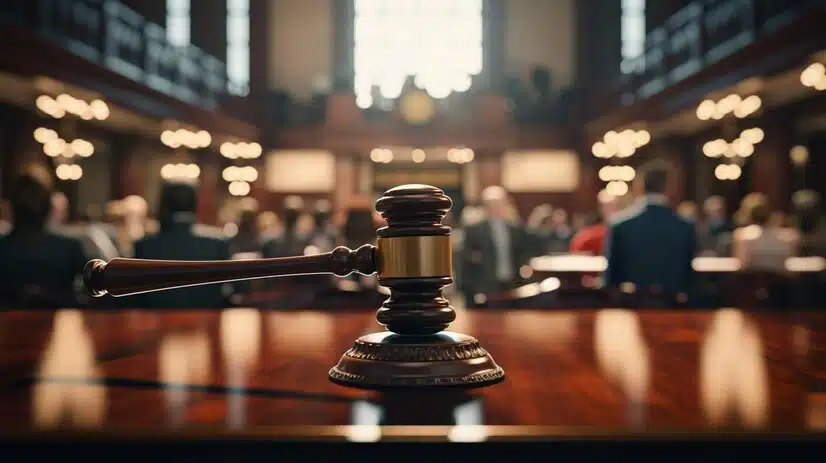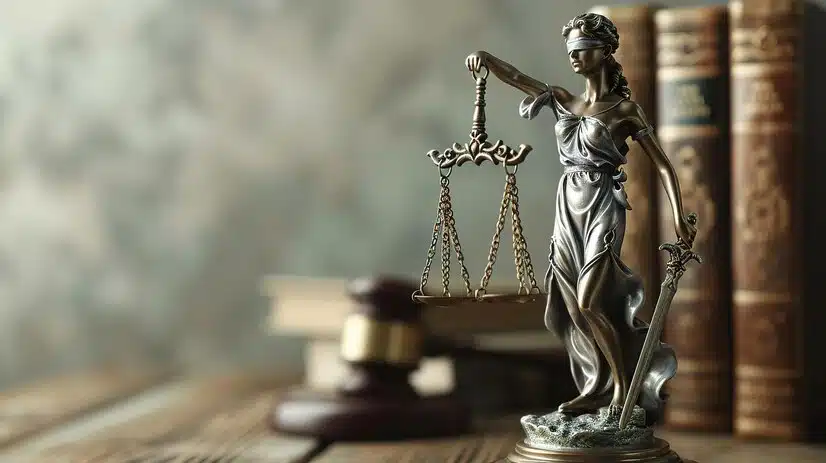Justice and human rights are fundamental principles that should be upheld in any civilized society. The pursuit of justice ensures that all individuals are treated fairly and equitably, while human rights aim to protect the inherent dignity and worth of every human being. However, there are countless cases across the globe where justice and human rights have been trampled upon, leaving victims to suffer in silence.
One such case is that of Amina, a young girl from a rural village in a developing country. Amina was only thirteen years old when she was forced into marriage with a man twice her age. Her dreams of getting an education and pursuing a career were shattered as she became a child bride, trapped in a cycle of abuse and exploitation. Amina’s story is not unique, as millions of girls around the world are denied their basic rights and subjected to early marriage, denying them a chance to grow and thrive.
The Ever-Evolving Landscape Of Human Rights
Human rights, a cornerstone of democratic societies, are continually tested by emerging issues. From privacy concerns in the digital age to the rights of marginalized communities, recent cases underscore the need for a dynamic legal framework.
Landmark decisions on issues such as same-sex marriage, gender equality, and indigenous rights exemplify the ongoing struggle to define and defend fundamental human rights.

Technology And Human Rights
The rapid advancement of technology has introduced unprecedented challenges to the protection of human rights. Cases involving digital surveillance, data breaches, and artificial intelligence raise critical questions about privacy, freedom of expression, and the right to be free from discrimination. Striking a balance between technological innovation and safeguarding individual rights remains a complex task for legal systems worldwide.
Environmental Justice
As the global community grapples with the consequences of climate change, the intersection of environmental issues and human rights comes to the forefront. Landmark cases involving indigenous land rights, environmental degradation, and access to clean water emphasize the interconnectedness of environmental justice and human rights. Legal frameworks are being tested to address the urgent need for sustainable practices without compromising the well-being of present and future generations.
Intersectionality And Access To Justice
The concept of intersectionality, acknowledging the interconnected nature of social categorizations such as race, gender, and socioeconomic status, has gained prominence in recent legal discourse.
Cases that address the unique challenges faced by individuals at the intersection of multiple identities highlight the importance of nuanced approaches in legal proceedings. Ensuring equal access to justice for all requires a comprehensive understanding of the diverse factors that shape individual experiences.

Transitional Justice And Reconciliation
In the aftermath of conflicts and human rights abuses, transitional justice mechanisms play a crucial role in fostering reconciliation and accountability. Landmark cases dealing with war crimes, genocide, and political violence underscore the delicate balance between pursuing justice and rebuilding societies. Lessons learned from these cases contribute to ongoing efforts to establish effective transitional justice processes globally.
Analyzing Landmark Decisions
In the realm of justice and human rights, each case serves as a microcosm of our societal values and legal principles. These cases not only shape the lives of those involved but also have far-reaching implications for the entire community.
Also Read:- Empowering Yourself: How To Know Your Legal Rights And Protect Your Interests
By delving into the specifics of key legal decisions, we can gain a profound understanding of the intricacies of justice and the evolving landscape of human rights.
The Intersection Of Law And Morality
When examining justice and human rights cases, one cannot overlook the intricate dance between the law and moral principles. The courtroom becomes a battleground where legal arguments clash with ethical considerations, often blurring the lines between what is lawful and what is just. How do judges navigate this delicate balance, and what insights can we glean from their decisions?
Championing Equality And Fairness
At the core of many human rights cases lies the fundamental principle of equality. These cases often serve as a litmus test for our commitment to fairness and justice for all members of society. As we dissect the outcomes of these cases, we unravel the complexities of discrimination, privilege, and the quest for a more equitable world.

A Call To Action: Empowering Change
While justice and human rights cases can be a sobering reflection of our shortcomings as a society, they also offer a glimmer of hope and a call to action. Each ruling, each verdict, presents an opportunity for us to reflect on our values, challenge injustice, and work towards a more inclusive and compassionate future. How can we harness the power of these insights to drive meaningful change in our communities?
Conclusion
Navigating the boundaries of justice and human rights is an ongoing journey marked by challenges, progress, and a commitment to upholding the principles that underpin democratic societies.
From addressing the implications of technology to recognizing the importance of intersectionality, the legal landscape continues to adapt to the complexities of the modern world. As we reflect on key insights from these cases, it becomes evident that the pursuit of justice and the protection of human rights are essential for creating a just and equitable global community.
FAQs
1) What is “Navigating The Boundaries: Key Insights From Justice And Human Rights Cases” about?
This is a comprehensive collection of key insights derived from various justice and human rights cases. It explores the nuances of legal boundaries, shedding light on critical issues and their implications on human rights.
2) Who is the intended audience for this collection?
The collection is designed for a broad audience, including legal professionals, human rights advocates, students, and anyone interested in gaining a deeper understanding of justice and human rights issues.
3) How are the cases selected for inclusion in this collection?
The cases are carefully chosen to represent a diverse range of legal scenarios and human rights challenges. They may include landmark rulings, significant precedents, or cases that highlight emerging issues within the realm of justice and human rights.
4) What themes or topics are covered in the collection?
The collection covers a wide array of themes such as civil rights, international law, social justice, discrimination, gender equality, and more. It aims to provide a holistic view of the multifaceted challenges faced in the pursuit of justice and human rights.
5) Are the insights presented in a specific format?
The insights are presented in a reader-friendly format, combining summaries, analyses, and expert commentary. The goal is to make the complex legal concepts accessible to a broader audience without compromising on depth and accuracy.
6) How can this collection benefit legal professionals and students?
Legal professionals and students can use this collection as a valuable resource to enhance their understanding of real-world legal scenarios, precedent-setting cases, and the evolving landscape of justice and human rights. It serves as a reference for legal research and education.
7) Is this collection focused on a specific geographical region or legal system?
No, the collection aims to be inclusive and covers justice and human rights cases from various regions and legal systems globally. This diversity provides a comprehensive perspective on common challenges faced across different societies.
8) Can individuals without a legal background benefit from this collection?
Absolutely. The collection is designed to be accessible to individuals without a legal background. It offers insights into the complexities of justice and human rights in a way that is informative and engaging for a general audience.
9) Is this collection regularly updated to include new cases and insights?
Yes, the collection is periodically updated to include new and relevant cases. This ensures that it remains a dynamic and current resource reflecting the evolving landscape of justice and human rights.
10) How can I access “Navigating The Boundaries: Key Insights From Justice And Human Rights Cases”?
The collection is available in various formats, including online platforms, libraries, and bookstores. You can check with your local bookstore, online retailers, or legal databases for access to this insightful resource.





